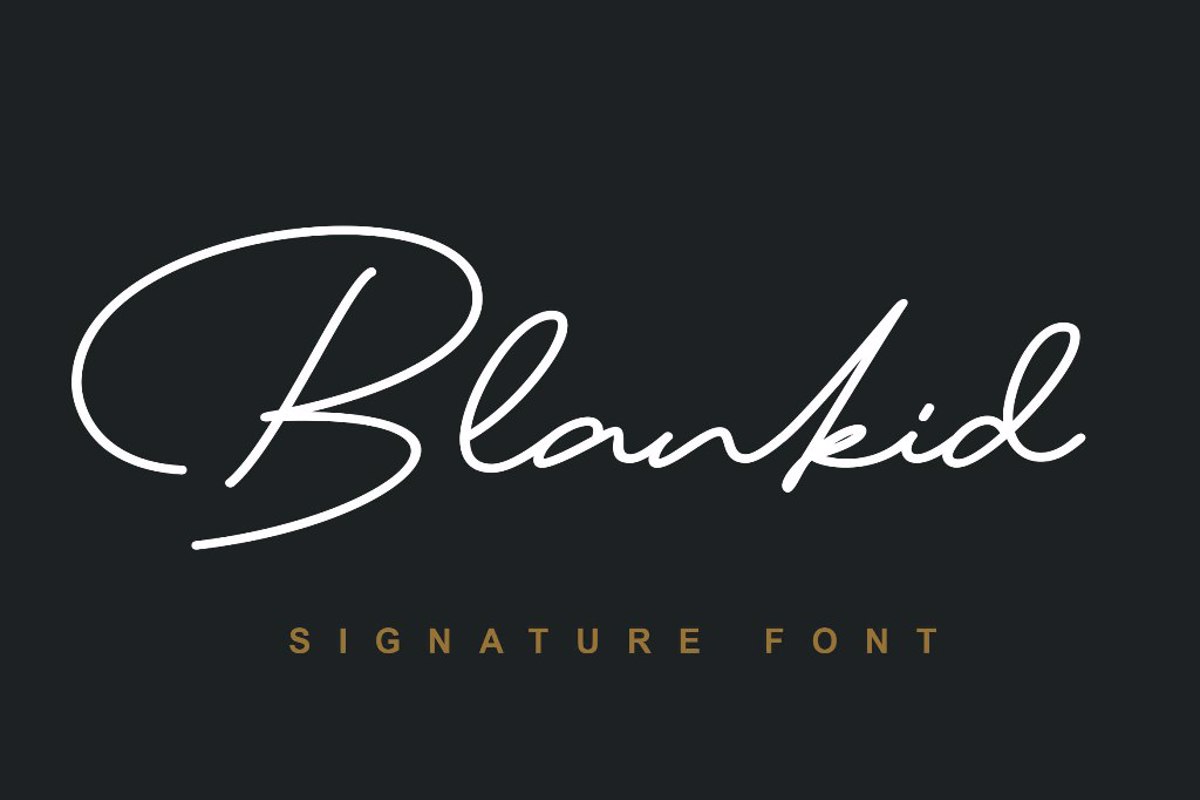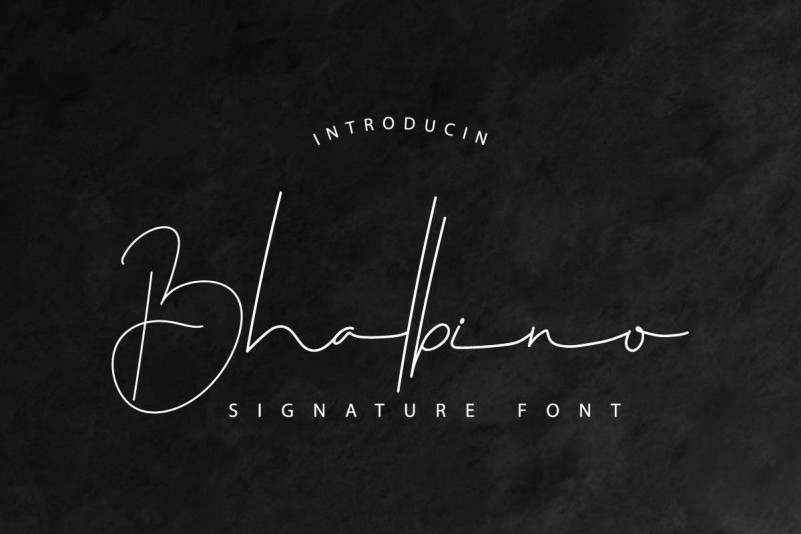

- #COMMON SIGNATURE STYLE FONTS HOW TO#
- #COMMON SIGNATURE STYLE FONTS PDF#
- #COMMON SIGNATURE STYLE FONTS PRO#
In Dorico Pro, notes are automatically notated to fit within bars and are grouped according to your per-flow settings.īrackets and braces are thick straight and curved lines in the left-hand margin that show instrument groupings.Ĭhord symbols describe the vertical harmony of the music at a specific moment. There are generally accepted conventions for how notes and rests of different durations are notated and grouped in different contexts and meters. By providing a unique number for each bar, they enable accurate references to specific parts of pieces and allow players to co-ordinate themselves easily in rehearsals and concerts.Ī beam is a line that connects notes with tails to show rhythmic grouping, which varies according to the metrical structure of the prevailing time signature.

The most commonly used barline is the single barline between adjacent bars, but there are different types, such as double or repeat barlines.īar numbers provide crucial reference points in music and make the chronological sequence of music clear. Bars are separated from adjacent bars by vertical barlines, and each bar has a unique bar number.īarlines are vertical lines that cross staves in order to show how music is divided into bars, according to the time signature.
#COMMON SIGNATURE STYLE FONTS HOW TO#
Articulations tell a performer how to attack a note or how long to play a note relative to its notated duration.īars indicate a usually regular pattern of beats, determined by the prevailing time signature. In music based in Western tonality, they usually show that the pitch of a note has been altered so that it does not conform to the prevailing key signature.Īrticulations are markings that are drawn above or below notes and chords. This notation reference contains information about the accepted conventions for presenting different notations and how to change their appearance and placement in Dorico Pro, both for individual items and by changing default settings.Īccidentals are shown beside notes to indicate their pitch, both when notated on a staff and written out in text. It combines factory default settings, custom items/options you have saved as default, and items/options only available in the current project. In Dorico Pro, the library is the total compilation of visual items and options that are available in all projects on your computer. You can access properties in the Properties panel. Properties are settings that apply to individual notes and items and allow you to edit them, such as by changing their appearance or position.

#COMMON SIGNATURE STYLE FONTS PRO#
The formatting of pages in Dorico Pro is determined by a number of factors, including the layout’s staff size, page margins, the page template applied to them, any casting off values applied to them, system and frame breaks, and frame padding.
#COMMON SIGNATURE STYLE FONTS PDF#
Print mode allows you to print your layouts or to export them as graphics files, such as PDF and SVG. You can also determine how the pages in each layout of your project are formatted for printing or exporting. The available toolboxes and panels allow you to input all the notes and notation items that are most commonly used.Įngrave mode allows you to manipulate and modify every item in your project, but without deleting them, moving them rhythmically, or changing the pitch of notes. Write mode allows you to input and edit your music, including changing the rhythmic positions of items, changing the pitch of notes, and deleting notes and items. You can also determine how they interact with each other, for example, by changing the players assigned to layouts. Setup mode allows you to set up the fundamental elements of the project: instruments and the players that hold them, flows, layouts, and videos. In addition to opening and importing/exporting projects and other file formats, project and file handling also includes auto-save and project backups. This chapter introduces you to key aspects of the user interface. The user interface of Dorico Pro is designed to keep all of the important tools at your fingertips. Dorico is based on a number of key concepts that come from its design philosophy.


 0 kommentar(er)
0 kommentar(er)
